
Many people experience mood changes during seasonal changes, being depressed during winter time while being positive and happy during sunny parts of the year. Some people call this phenomenon “the winter blues”, experiencing mild mood changes which are not a cause for concern.
However, sometimes, this “moodiness” can lead to serious health problems, affecting a person greatly, making him/her incapable of living a happy, productive life. In this case, the condition manifesting throughout the periods between September and April is called Seasonal Affective Disorder, or, short, SAD.
What Are the Patterns of SAD?
First of all, if a person is affected by this condition, he/she is likely to experience the symptoms of it during the autumn and winter parts of the year, facing health improvements with the onset of spring. The peak of negativity related to SAD should be December, January and February.
The main signs of SAD are depression, manifesting through signs of misery, guilt, decreased or lost self-esteem, hopelessness, despair and apathy, anxiety encompassing tension and stress intolerance, mood swings, which are bound to be extreme and prominent and many other symptoms such as sleep issues through lack of proper sleep or chronic oversleeping, constant fatigue, increased appetite and weight gain, social and sexual problems. As far as the last two signs are concerned, these manifest through one's unwillingness to spend time with other people and absence of libido, along with any desires for physical contact.
The groups especially prone to SAD are women in their 20s. However, men and even children may express symptoms of SAD, varying in severity and necessity of treatment. Usually, SAD appears hand-in-hand with another form of psychiatric disorder, most commonly depression. Yet, alcohol abuse is likely to lead to SAD too.
How is Winter SAD Treated with Light?
There are several different types of treatment designed for helping people deal with the seasonal affective disorder. When this condition is a mild one, exposing the patient to more sunlight can be enough for battling the symptoms.
On the other hand, for severe disorders, light therapy and/or medications are usually prescribed. The latter is considered to be the last resort, once the light therapy fails to help.
Bright light therapy, also known as light therapy or phototherapy is considered to be the most effective approach, when it comes to treating seasonal affective disorder, showing excellent results in 85% of cases. During this treatment, the patients are supposed to get exposed to a source of light 10 times stronger than the regular daylight. This exposure has shown great effectiveness in boosting the moods of people affected by SAD.
The light used for these purposes is fluorescent. Early during the development of this form of therapy, expensive light bulbs were used. Today, this practice has changed, since researchers have found out that all bulbs with color temperatures between 3000 and 6500 Kelvin are all good for this form of treatment.
A diffusing lens mounted on the lamps used for this therapy remove all of the harmful UV rays, keeping the patients safe.
As any other treatments, phototherapy has different dosages and characteristics, used for treating different types of SAD.
Basically, light intensity can be modified, being the same as natural morning light or higher. Every light box should be capable of delivering 10,000 lux, while being adjustable at the same time. The duration of light exposure should be a modifiable characteristic too, since, depending on the requirements of the patient, the time of a single session may vary between 20 and 60 minutes. Yet, half an hour of exposure is considered average for this form of therapy.
Finally, the time of day exposure is an important factor during the therapy, since the very effectiveness of this treatment needs to match the internal rhythm of the patient. Namely, most people have different phases of this type and the time and length of their exposure may vary.
The light therapy is famous for being effective while not triggering any side-effects. Nevertheless, some of the patients involved in this form of treatment have noticed increased irritability in their behavior, as well as eyestrain, headaches and nausea. In order to avoid any other forms of adverse effects, people who suffer from bipolar disorder type 1 are advised to undergo phyototherapy hand-in-hand with the mood-stabilizers prescribed by their doctor.
How Long Has Light Therapy Been around?
This form of treatment was initially used during the 80s, by the National Institute of Mental Health. However, the effectiveness was quickly noticed and the practicing of this method became wide-spread around the world, resulting in about 2000 patients being successfully treated since, with the numbers increasing every day.
According to different scientific sources, in about 1/10 of cases, the SAD reoccurs, even when treated, once the winder or autumn season comes anew. However, between 50 and 80% of all treated patients manage to deal with this condition completely.
The seasonal affective disorder is a severe form of something widely known as the winter moodiness. Basically, this condition manifests through an onset of depression and negativity bothering the affected person during autumn, winter and other darker parts of the year. This condition is best treated with light therapy, even though certain drugs can help as well.


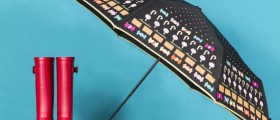
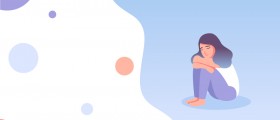
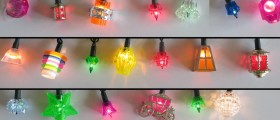
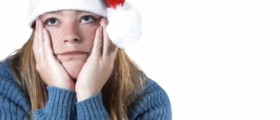
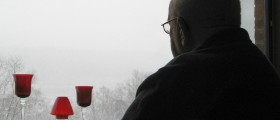
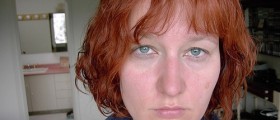
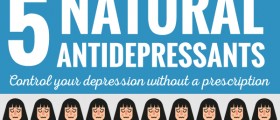
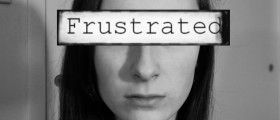

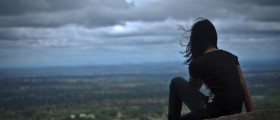
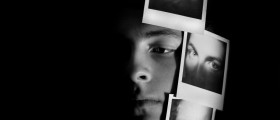
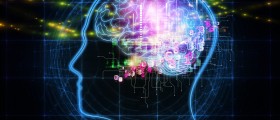
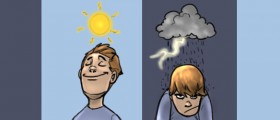
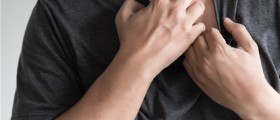
-Signs,-Symptoms,-Treatment-And-Prevention_f_280x120.jpg)
Your thoughts on this
Loading...